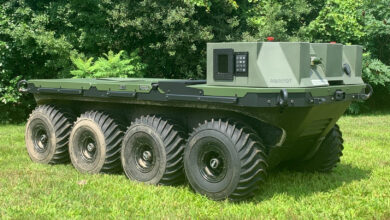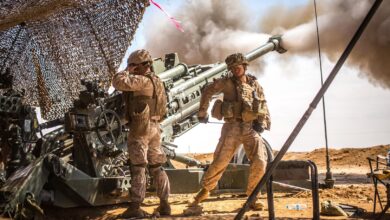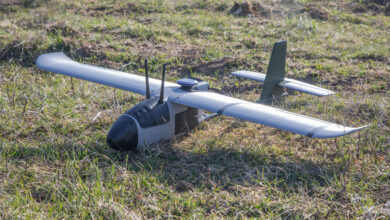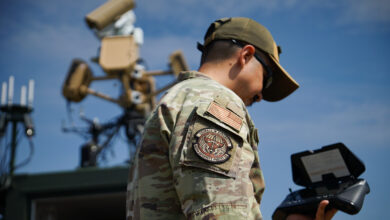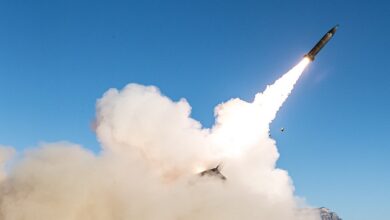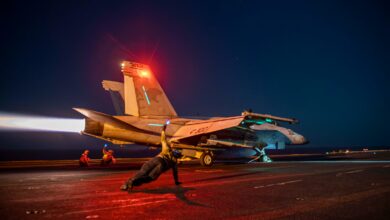US Army Stryker Vehicles Being Prepared for Laser Combat Competition
Development of the laser weapon prototype is yet another important element in the army’s air and missile defense modernization strategy.
Silent, deadly, with pinpoint accuracy, and an inexhaustible supply of ammunition, laser weapons are the military’s “dream weapon.” They are the subject of Star Wars fantasies; the Holy Grail of combat research.
It seems the future has arrived.
In response to a variety of next-generation threats such as unmanned aircraft systems (UAS) and more traditional threats such as mortars, artillery, and rockets, the US Army has been developing high energy lasers for tactical vehicles to provide an increased edge on the battlefield.
A team of army engineers is hard at work developing two of these combat lasers, classes of 50 kilowatt-class weapons to be attached to Stryker vehicles for combat deployment by 2022. They have begun work in Huntsville, Alabama integrating the two platforms and support equipment for a “combat shoot-off” at Fort Sill, Oklahoma to test the systems against a variety of scenarios.
The two weapons platforms will be evaluated against one another to determine which is the more workable, combat-capable system. Pending results of the test, one of the available weapons will be selected for development as a prototype.
“This is moving extremely fast,” said COL G. Scott McLeod. “Everybody has done a great job of managing all of the technical complexity and challenges of getting these new components built and integrated so we can move to the shoot-off next year.”
US Army’s Modernization Strategy
Development of this laser weapon prototype is yet another important element in the army’s air and missile defense modernization strategy and is being designed “to help protect Divisions and Brigade Combat Teams from UAS, Rotary-wing aircraft and RAM threats, and will be delivered to a platoon of four Strykers by Fiscal Year 2022.”
To speed development of this new technology and encourage competition, the army chose two companies, Northrop Grumman and Raytheon, to develop the two laser systems.
Prime Contractor Kord Technologies is overseeing development of both systems at its integration facility in Huntsville, taking place within separate areas of the facility to maintain fairness.
The first tests against airborne targets were conducted simultaneously by both competitors in October to evaluate functionality and control with positive results.
“This is an exciting stage of the program, as we’re starting to put the laser systems together,” McLeod said. “Soon we’ll begin performing internal evaluations of the systems here at Redstone as part of the walk-up to the combat shoot-off in a few months. We’re looking forward to getting the vehicles fully integrated and ready to go out to the range.”



